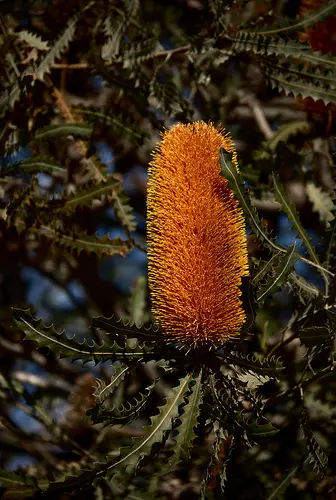Ash tree
The ash tree is distantly related to the olive tree. There are as many as sixty-five different types found in North America and nearly that many from the European and Asian parts of the world.
The genus name for the ash tree comes from the Latin (Fraxinus), and the name itself comes from the Old English æsc, which means spear. The wood of the ash tree is prized for making of bows, sports equipment, tool handles and furniture, due to the strength and elasticity. It is also used in the manufacture of electric guitars.

The Ash Tree is a strong wood which is used for bows
Most of ash trees lose their leaves in the fall although some of the subtropical species are evergreen. The white ash, for example, is a medium to large tree, with a height from fifty to eighty feet and a spread ranging from forty to fifty feet. The bark is usually gray with some species having a rougher surface. The branches are opposite each other on the tree and one species, the blue ash found in Ohio, has squarish branches. The flower color can range from green, purple to clear. Leaves are similar to the box elder; they look like feathers because of the striations in the surface and usually have seven leaflets. The seeds, a type of fruit called samara and are winged, like those of the maple.
Economically speaking, the most important species in North America are the white ash, which is located in the eastern United States. In Europe, it is the European ash that is so valued. Some of the traditional Chinese medicine use ash for complaints of diarrhea and vaginal discharge as well as to relieve sore eyes.
The ash tree is central to Norse mythology, with the tree that holds up the world and everything on it is an ash tree. There have been countless legends and myths of the effects on the ash tree on crops and in Greek mythology, the Meliai were the spirits of the ash tree.
In the 1990’s the emerald wood borer, was accidentally introduced to North America. This voracious insect has destroyed millions of trees and threatens millions more. There are efforts to save ash seeds in the seed bank in Colorado to preserve the species in case the emerald wood borer destroys more of this beautiful tree.



I have an ash tree in my yard that birds seem to love. Is the ash food for a certain kind of bird?
I have a 30 foot young shaddy strong ash tree for sale are you interested?